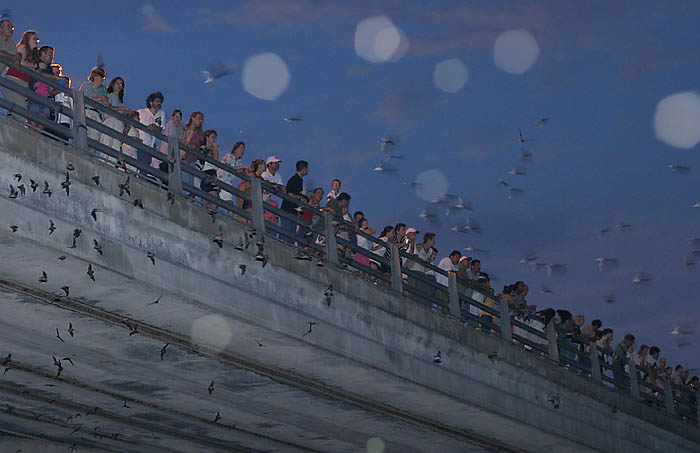I am not convinced that the flash is indeed a reflection of the camera flash off of the body of a bug---and right on top of the "pole, mast, exhaust pipe, whatever?" I don't think so--if a bug flew in front of the lens, very close up, it is just too much of a stretch that the trail ends right where it does---see the white smoke visible in the frame that has the pole flash event? It would seem that whatever made the flash also made the white smoke/mist/whatever--it is not in the "after" photo so it must have either been windy and therefore blown out of the frame, or it burned out quickly, like it would be if the smoke was part of the flash event--I had been saying that the trail would have been visible below and to the right if a bug had flown by at just the time the snap took place, but I accept that if the exposure was 1/20 of a second, it is possible that the exposure ended before the poor bug had a chance to get down to the right, lower corner of our picture---unlikely, but possible-
I STILL thgink that there was some sort of flash event in line with the pole, and it co-incided with some unrelated event in the background, perhaps even as far away as the landmass in the background, which caused the trail---2 separate events--an inspection of the light on the pole would be useful---or exhaust pipe, or mast, etc. And it seems out of sequence with the other poles shown, so it may be something off of a boat hidden from view---we don't really know if that flash was from the top of a lightpole or not---or whatever??--I can only hope that if a bug was involved, that it died that night, hopefully painfully--






